As the festive season approaches, brands are once again gearing up to capture the hearts and wallets of consumers with their Christmas advertising campaigns. In the ever-competitive world of advertising, understanding what makes a Christmas ad effective is crucial for standing out amidst the holiday noise. Drawing insights from Cubery’s annual review of Christmas advertising, this blog explores the elements that contribute to a successful festive campaign and what brands should consider for 2024.
The Importance of Testing Ads
Testing advertising campaigns is essential for marketers to ensure their effectiveness. It provides an opportunity to gather feedback from a diverse audience, offering insights that may not be apparent within the creative bubble. By understanding consumer reactions, brands can fine-tune their messaging and creative elements to resonate more deeply with their target audience.
Key Themes in Christmas Advertising
- Emotional Engagement: Ads that evoke warm, sentimental emotions tend to perform well. However, those that incorporate humor, nostalgia, or excitement often stand out even more. For instance, ALDI’s use of Darude’s ‘Sandstorm’ added a unique twist, creating a memorable and distinctive campaign.
- Character and Storytelling: While there has been a trend towards less emphasis on character development in recent years, brands that buck this trend often rise to the top. Engaging narratives that connect with viewers on an emotional level can create lasting impressions, as demonstrated by Michael Hill’s heartwarming story of a young boy giving a ring to his mother.
- Consistency and Branding: Consistent use of branding elements, such as mascots or distinctive codes, helps build brand recognition and emotional connections. Brands like Australia Post, which maintained a fun and energetic style, successfully kept their brand front-and-centre throughout their campaigns.
The Cubery Rating: A Measure of Success
Cubery uses a composite measure known as the Cubery Rating to evaluate ads based on three key metrics:
- Captivate: Does the ad stand out and grab attention?
- Connect: Does it instantly recall the brand?
- Compel: Does it motivate behavioural change?
These metrics help determine an ad’s overall effectiveness and its ability to achieve marketing objectives.
Lessons for Christmas 2024
As brands prepare their Christmas campaigns for 2024, they should consider the following strategies to enhance effectiveness:
- Focus on Unique Emotional Appeals: While warm and sentimental emotions are effective, incorporating humor, nostalgia, or excitement can help a brand stand out. Creating ads that evoke a range of emotions can enhance engagement and memorability.
- Develop Consistent Branding Elements: Investing in long-term branding properties, such as mascots or distinctive visual elements, can improve brand recall and foster emotional connections with consumers.
- Leverage Storytelling: Engaging narratives that resonate with viewers can create powerful emotional responses. Brands should focus on storytelling that aligns with their values and connects with their audience on a personal level.
Conclusion
The effectiveness of Christmas advertising lies in its ability to connect with consumers emotionally while reinforcing brand identity. As we look to 2025, brands have the opportunity to create memorable and impactful campaigns by focusing on unique emotional appeals, consistent branding, and compelling storytelling. By embracing these strategies, advertisers can capture the magic of the festive season and ensure their message resonates long after the holiday season has passed. Merry Christmas for the team at Dorrington Media.



Leave a Reply